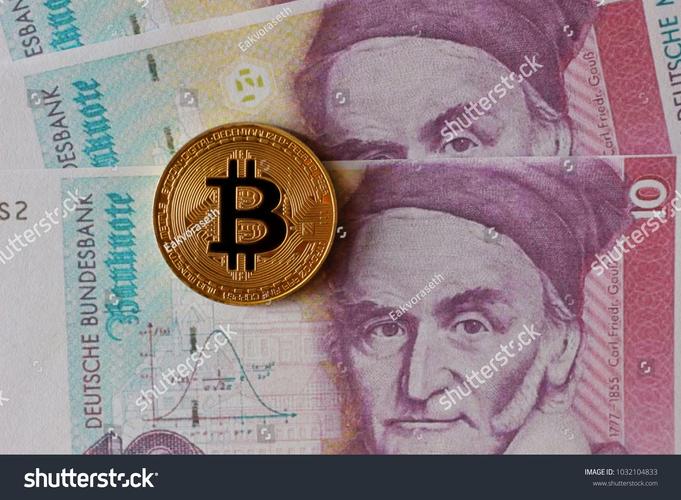Ripple launches blockbuster US dollar stablecoin RLUSD! Former top financial official joins the team
 summary:
Ripple launches blockbuster US dollar stablecoin RLUSD! Former top financial official join...
summary:
Ripple launches blockbuster US dollar stablecoin RLUSD! Former top financial official join... Ripple launches blockbuster US dollar stablecoin RLUSD! Former top financial official joins the team in shock
Ripple recently announced that its highly anticipated USD-pegged stablecoin, RLUSD (Ripple Liquidity USD), will officially launch on December 17, 2024. This marks a significant step for Ripple into the stablecoin market and further strengthens its position in the global fintech landscape.
RLUSD: A Rising Stablecoin Star
RLUSD is a USD-backed stablecoin designed to maintain its value at $1 through full reserve backing, including USD deposits, U.S. Treasury bonds, and equivalent cash assets. Ripple confirmed that the stablecoin's launch has received final approval from the New York State Department of Financial Services (NYDFS), clearing the path for RLUSD to move from testing to the broader market.
RLUSD’s Role as a Bridge
The RLUSD stablecoin aims to become a key bridge between the digital asset market and traditional financial systems, addressing the needs of cross-border payments, liquidity management in digital transactions, and various blockchain applications.
Initial Partnerships and Exchange Launches
According to Ripple’s announcement, RLUSD will initially launch on several key partner exchanges, including Uphold, MoonPay, Archax, and CoinMENA. In the coming weeks, additional exchanges such as Bitso, Bullish, Bitstamp, Mercado Bitcoin, Independent Reserve, and Zero Hash are expected to list RLUSD.
Expert Advisory Team
Ripple also announced the formation of a strong advisory council to support RLUSD’s growth. New members include former Reserve Bank of India governor Raghuram Rajan and former Boston Federal Reserve vice president and COO Kenneth Montgomery. The council has previously welcomed industry leaders such as former FDIC chair Sheila Bair and Ripple co-founder and executive chairman Chris Larsen. This diverse team will provide strategic guidance on regulatory, technical, and market development matters, ensuring RLUSD’s sustainable presence in the stablecoin market.
Challenging Dominant Stablecoins
The global stablecoin market is currently dominated by Tether’s USDT and Circle’s USDC, with combined market caps of approximately $1.4 trillion and $400 billion, respectively. Ripple aims to carve out a space in this rapidly growing market with RLUSD.
Stablecoins play a crucial role in the digital asset market by providing stable liquidity, serving as essential tools for cross-border payments and blockchain applications. With traditional financial giants like PayPal, Visa, and Societe Generale entering the stablecoin space, the competition is becoming increasingly fierce. RLUSD, adhering to the highest regulatory standards, is expected to have strong support for future adoption.
Ripple CEO Brad Garlinghouse emphasized that launching RLUSD under NYDFS’s limited-purpose trust charter reflects Ripple’s commitment to regulatory transparency and trust-building, noting that this regulatory framework is one of the highest standards globally.
Market Reach and Regional Restrictions
RLUSD will initially focus on markets in the Americas, Asia-Pacific, the UK, and the Middle East. Ripple’s senior vice president, Jack McDonald, stated that the company has established partnerships with multiple distribution partners and exchanges to drive RLUSD’s market adoption. However, due to Ripple not yet securing compliance under the EU’s Markets in Crypto-Assets Regulation (MiCAR), RLUSD issuance in the European Union will be temporarily delayed. Ripple remains actively exploring entry into the EU market.
Despite these challenges, RLUSD may face supply constraints initially. Ripple CTO David Schwartz noted that early high demand for RLUSD could lead to price volatility, conflicting with the stablecoin’s aim of maintaining a $1 value. He advised investors to avoid short-term speculation, emphasizing RLUSD’s primary use case for payments and liquidity, rather than quick-profit tools.
Regulatory Trends and Future
In recent years, global regulatory bodies have become more clear about stablecoins, helping build market trust and promote mainstream adoption. The U.S., EU, and several Asian countries have already implemented or are planning to introduce dedicated regulations for stablecoins. For instance, the EU’s MiCAR regulations are set to go into effect in 2024, providing a unified legal framework for digital asset and stablecoin transactions within the region.
Additionally, the stablecoin market is becoming increasingly competitive, with fintech companies and traditional financial institutions launching unique stablecoin solutions. Tether recently announced a new department focusing on multi-modal AI model development to expand stablecoin use cases, while PayPal’s PYUSD has already gained significant market share.
For RLUSD, navigating the competitive landscape and establishing long-term brand value and trust will be key challenges Ripple faces moving forward.
Technological Innovation and Future Growth
Ripple’s years of expertise in blockchain technology and cross-border payments provide a solid foundation for RLUSD’s development. The stablecoin operates on Ripple’s proprietary XRPL (Ripple Ledger) network, offering fast, low-cost, and scalable payment solutions. RLUSD will also support smart contract functionality, enabling more use cases within decentralized finance (DeFi).
The rapid growth of the stablecoin market, combined with ongoing technological innovation, presents significant opportunities for emerging products like RLUSD. However, regulatory compliance, shifting market demand, and competitive pressures will shape its future development path.


